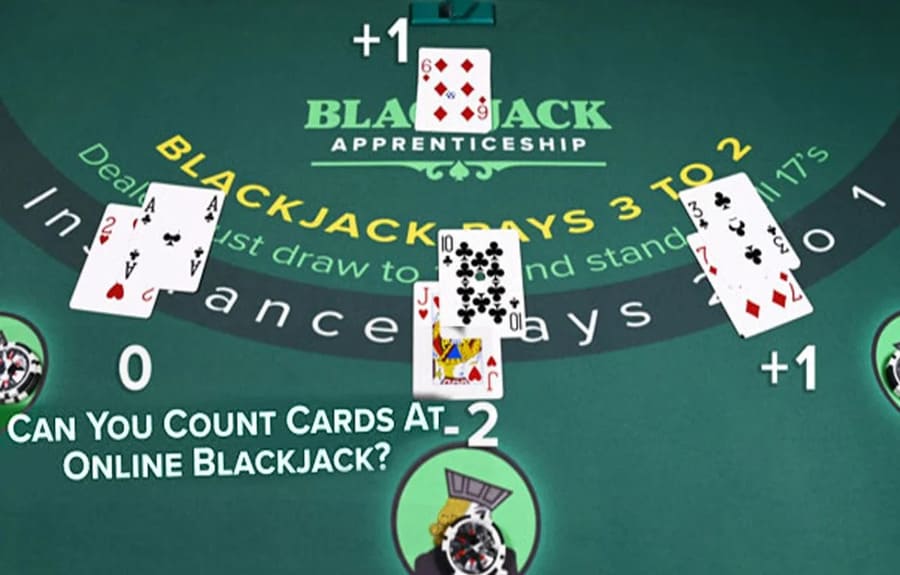스웨디시 마사지 테크닉: 몸과 마음을 완전히 풀어줄 비밀 무기
마사지는 오랫동안 우리의 삶에서 중요한 역할을 하고 있습니다. 스트레스 해소부터 근육 이왈, 혈액순환 개선까지 다양한 효과를 가져다주는 마사지는 건강에 매우 긍정적인 영향을 미칩니다. 특히 스웨디시 마사지 테크닉은 전문 마사지사들 사이에서도 가장 인정받는 기법 중 하나입니다. 스웨디시 마사지란? 스웨디시 마사지는 스웨덴의 전통적인 마사지 기법에서 영감을 받은 것으로, 전신 마사지 중에서도 가장...














